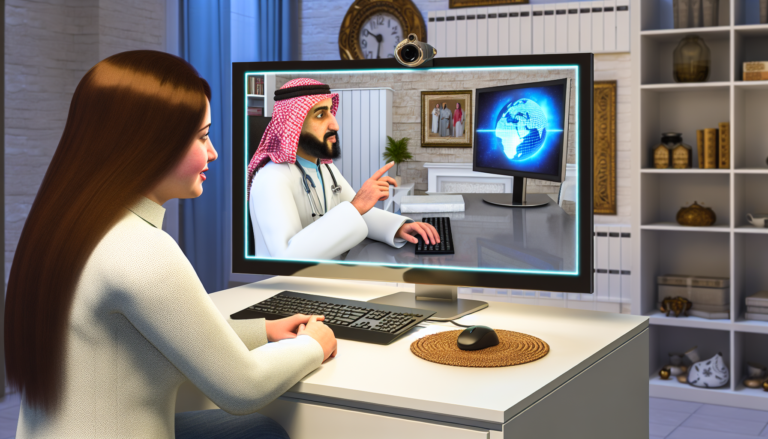Exploring the Benefits of Telehealth Services in Home Health Care
With continued technological advancements, telehealth has emerged as a critical component in home health care today. Telehealth services offer an effective way for patients to receive quality healthcare while maximizing convenience, reducing costs, and minimizing exposure to potential health risks, particularly relevant in the current COVID-19 pandemic scenario.
Patient-centered care is at the core of home health care, and telehealth programs play a significant role in implementing this concept. By utilizing cutting-edge technology, these programs allow caregivers to provide remote patient monitoring, conduct virtual consultations, and provide crucial health services and information digitally, enhancing the overall home health care experience.
Streamlined Access to Healthcare Services
One of the most significant benefits of telehealth services is easier access to healthcare. No longer do patients need to worry about scheduling appointments, arranging transportation, or the inconvenience of visiting a clinic. With telehealth, professional healthcare guidance is only a few clicks away, offering comfort and peace of mind to those in need.
Reduced Healthcare Costs
Telehealth not only improves accessibility but also helps in significantly reducing healthcare expenses. By eliminating the costs associated with travel, accommodation, and time off work, it helps patients save a considerable amount of money. Moreover, telehealth services often lead to early diagnosis and preventive care, further reducing potential healthcare costs down the line.
Improved Patient-Caregiver Communication
Telehealth technologies also contribute to enhancing communication between caregivers and their patients. Through video calls, emails, and instant messages, patients and caregivers can maintain a regular communication channel, making it easier for caregivers to monitor patient’s health conditions, provide necessary guidance, and address concerns promptly.
Post-Treatment Compliance and Management
Another critical area where telehealth excels is post-treatment compliance and management. Through constant remote monitoring and virtual consultations, caregivers can ensure that patients are adhering to their treatment plans, taking prescribed medications on schedule, and practicing recommended exercises or dietary restrictions.
Conclusion
While the application of telehealth in home health care is still evolving, its potential benefits are becoming increasingly evident. By facilitating effective communication, reducing costs, improving treatment compliance, and making healthcare more accessible, telehealth paves the way for a new, improved model of home health care that leverages technology for enhanced patient care and satisfaction.
Embracing telehealth services represents a step towards a more resilient healthcare system. As we continue riding the waves of technological innovation, it’s anticipated that telehealth will play an even more crucial role in ensuring comprehensive, high-quality care for people who choose to receive healthcare treatments at home.



